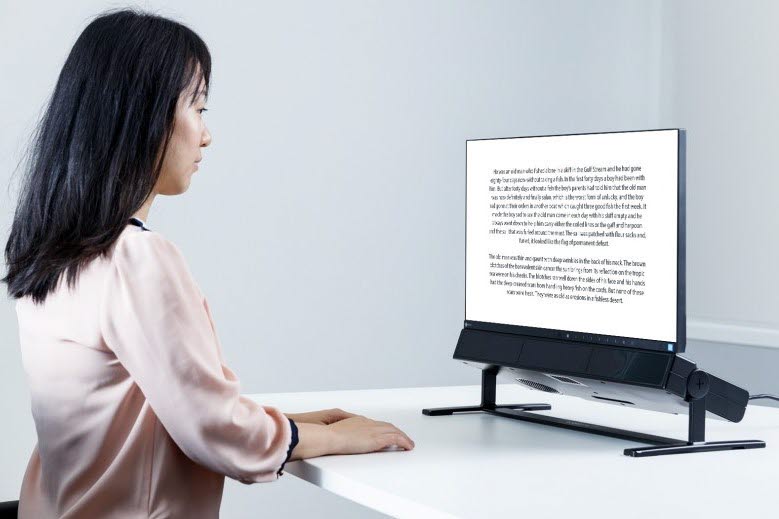The study of eye movements in reading has been widely investigated for more than a century to provide insights into how people gather information. Eye tracking has become an established tool to objectively measure human language processing with important applications in linguistics and education research.

Eye tracking is a scientific research methodology used to understand human cognitive processes and behavioural patterns, as we perceive, process, and comprehend language.
Eye movement data provide valuable insight into written language comprehension. It helps understand language processing at various levels of analysis within the sentence: character, syllable, word, phrase, or sentence.
In educational psychology, eye tracking can prove to be a great tool to gain insights into learning behaviour, cognitive load, and engagement. The results help effectively design, evaluate, and improve educational materials and learning situations.
Moreover, eye tracking methodology can be used to reveal atypical reading patterns. It provides a robust source of insight into conditions, therefore opening the possibility of an objective, unobtrusive diagnostic tool for learning difficulties such as dyslexia.
Why use eye tracking?
Eye movement analysis allows for objective insight into text processing, by providing information about the duration of visual attention assigned to specific text parts at the level of phrase, word, or even character.
For instance:
Skipping to read a unit may indicate ease of processing due to very high predictability in the given context.
Longer reading times may indicate confusion, or difficulty to comprehend.
Long regressions (more than 10 letter spaces back along the line or to another line) may indicate difficulty in comprehending or incorporating a unit into the previous context.
